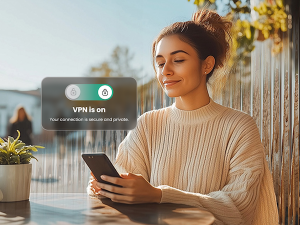If there’s one topic that has the security community excited, and hopeful at the same time, it’s the Internet of Things—also known as IoT. It’s a catch-all name for devices that are connected to the Internet for a variety of reasons—usually analytics and automation. But the security community isn’t excited about IoT because of its potential for smart gadgets (and there are a lot of possibilities here). Rather, it’s because everyone is wondering how IoT will affect us on a larger scale, and how we’ll achieve the end goals for IoT. One big goal today? Perfecting the smart home.
The smart home is a well-connected and self-sufficient home that monitors and automates everything from energy usage and temperature to turning the lights on. But the smart home faces one challenge: It may not be as secure as it should be.
That’s the major takeaway from a new Atlantic Council report entitled “Smart Homes and the Internet of Things.” The report compares smart homes’ potential benefits (secure, automated homes) with its downsides (altered temperatures on thermostats, illicit items ordered automatically through fridges). It expresses the optimistic future of smart homes, yet highlights what current systems are lacking now, and how they can be fixed to avoid future hacks.
So what’s missing from smart homes, exactly? Basically, what they need to have is security integrated from the ground up. In other words, security needs to be “built in” to smart homes, rather than “bolted on.” Think of it this way: If an appliance fails—say, an IoT oven—it needs to have a safe, reliable, default mode it can revert to. Other considerations should include strong privacy protections, stand-alone operations (if a device is knocked offline) and remote updating capabilities in order to protect against new security threats.
Now, almost all of these things have to be done on the manufacturer’s side. Consumers, however, aren’t powerless when it comes to prioritizing smart home security. It’s important for all of us to consider what we want out of today’s IoT devices, and understand the underlying security risks of snazzy smart home gadgets. You can take a closer look at different smart home devices, and the associated risks, in this nifty compare-and-contrast infographic:
If you do wind up purchasing an IoT device for the smart home, be sure to review its security settings, change its default password and stay up to date with IoT news around the product. Remember: the actions you take to improve your own security, and the personal standards you establish, go a long way in influencing future development of new technologies.











